Higashiyamato City, Tokyo東京都東大和市
Living in Higashiyamato City, Tokyo

We have Summarized the livability of Higashiyamato City, Tokyo.
KITATAMA AREA北多摩地域
-
- TACHIKAWA CITY 立川市
-
- NISHITOKYO CITY 西東京市
-
- MUSASHINO CITY 武蔵野市
-
- HIGASHIKURUME CITY 東久留米市
-
- MITAKA CITY 三鷹市
-
- CHOUFU CITY 調布市
-
- KOMAE CITY 狛江市
-
- KIYOSE CITY 清瀬市
-
- HIGASHIMURAYAMA CITY 東村山市
-
- KODAIRA CITY 小平市
-
- KOGANEI CITY 小金井市
-
- FUCHUU CITY 府中市
-
- KOKUBUNJI CITY 国分寺市
-
- KUNITACHI CITY 国立市
-
- HIGASHIYAMATO CITY 東大和市
-
- MUSASHIMURAYAMA CITY 武蔵村山市
-
- AKISHIMA CITY 昭島市
CONTENTS
- What kind of place is Higashiyamato City, Tokyo?
- Higashiyamato CityPR video
- How is the traffic situation in Higashiyamato City?
- How are the rent and land prices in Higashiyamato City?
- How is childcare and education in Higashiyamato City?
- How about shopping in Higashiyamato City?
- How about jobs and recruitment in Higashiyamato City?
- Higashiyamato City’s unique subsidy/subsidy system
What kind of place is Higashiyamato City, Tokyo?
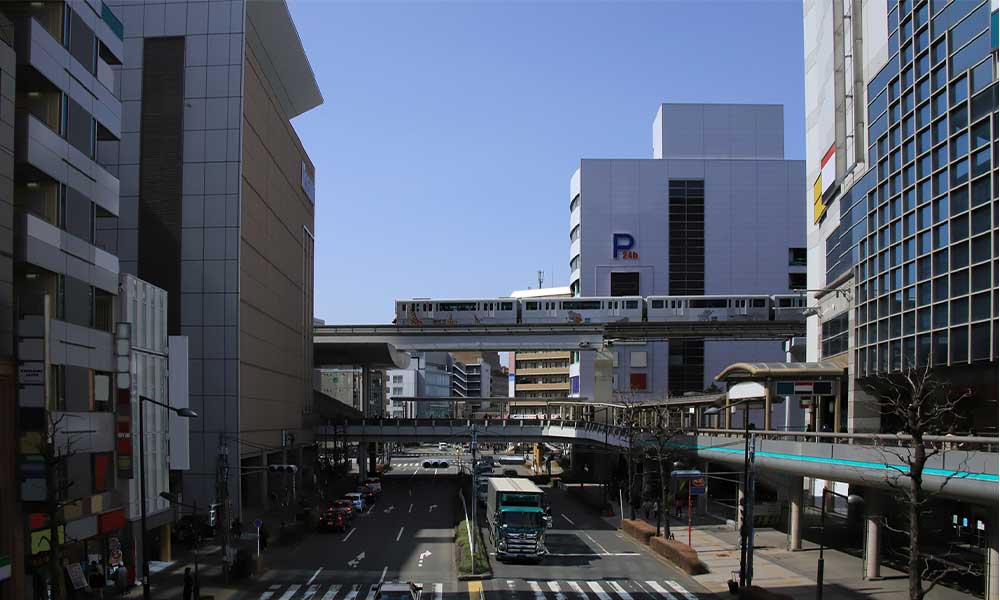
Higashiyamato City is a quiet residential area surrounded by nature and has good access.
Higashiyamato City is located in the northern part of Tokyo and has an area of approximately 13.42 square kilometers.
It borders Tokorozawa City, Saitama Prefecture, to the north, Higashimurayama City to the east, Tachikawa City and Kodaira City to the south, and Musashimurayama City to the west.
It has a population of approximately 85,000 and approximately 40,000 households. (As of June 2023)
The topography of Higashiyamato City consists of hilly land (Sayama Hills) in the north and flat plateau (Musashino Plateau) in the south, gradually lowering from the northwest to the southeast. The north is surrounded by beautiful nature, including Lake Tama, which has been selected as one of the “100 Best Dam Lakes.” The area is almost flat from the center to the south, and is a commuter town with a large residential area.
The name of the area dates back to 1919, during the Taisho period, when the village system was implemented, and six villages merged to form the city, which was named “Yamato Village” to convey the idea of “becoming one in great harmony.” Later, when the city system was implemented in 1970, the area was called Yamato City, but since there was an area in Kanagawa Prefecture, the area was named “Higashiyamato City,” meaning Yamato City in Tokyo, to distinguish it from other areas.
Higashiyamato City’s history began in the Edo period, when the relatively nearby Ome Kaido road was developed and the area became a bustling place of traffic.
From the Meiji to Taisho periods, the construction of a reservoir was carried out, and with its completion in 1927, the area gradually modernized.
During the Showa period, factories and residential areas were built, and during the war, munitions factories were built, but the city area suffered devastating damage from repeated air raids.
The city was then rebuilt, and in 1954 it was incorporated as a town, becoming Yamato-cho.
Then, in 1970, Higashiyamato City was born as a city.
Higashiyamato City currently functions as a commuter town, with over 40% of the city area being residential, and Lake Tama, which spreads out in the north, is a huge reservoir that accounts for about 23% of the city and is the symbol of Higashiyamato City.
There are many other things to see around the lake.
The Higashiyamato City Local History Museum displays local history covering the entire Sayama Hills, and is a facility where you can also enjoy a planetarium.
The area that includes this facility is called Higashiyamato City Sayama Green Space, and the site is filled with lush promenades, athletic facilities for children to play on, and an abundance of plants, birds, and other living creatures, making it a space that the whole family can enjoy.
PR video of Higashiyamato City, Tokyo
Higashiyamato City Introduction Video [Full of Charm @ Higashiyamato City] There are as many smiles as there are people – 5 Reasons for Smiles in Higashiyamato City
Higashiyamato City introduction video [Let’s live in Higashiyamato City] A family story begins here ~ Higashiyamato City, a city where you suddenly realize happiness ~
How is the traffic situation in Higashiyamato City?
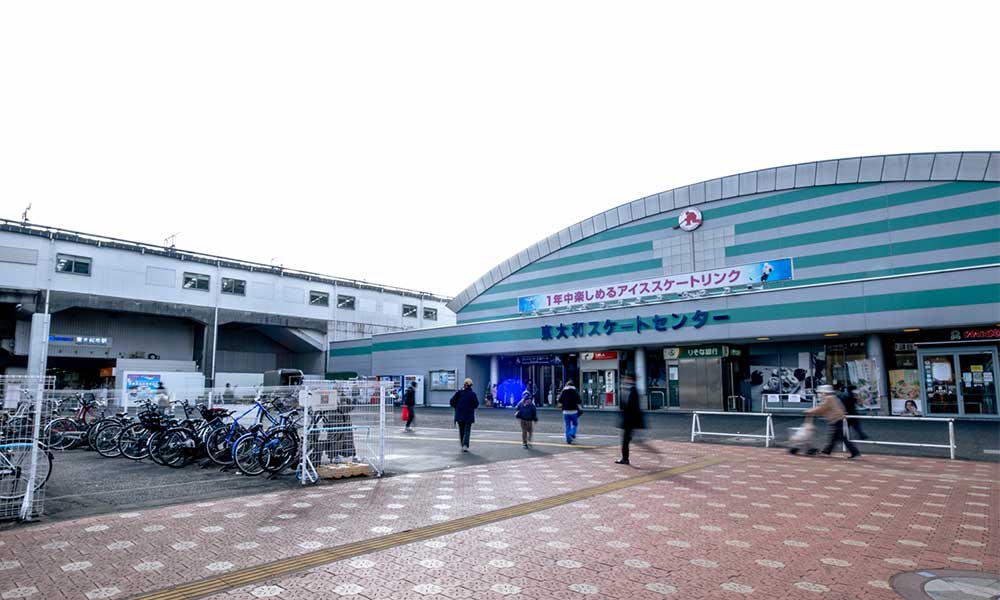
Higashiyamato City has well-developed railway and bus services and offers easy access to the city center.
There are two lines and four stations in Higashiyamato City. It takes about 62 minutes from Higashiyamato Station to Tokyo Station and about 46 minutes to Seibu Shinjuku Station.
| Tamagawa Josui Station | Seibu Haijima Line・Tama Monorail |
| Higashiyamatoshi Station | Seibu Haijima Line |
| Sakurakaido Station | Tama Monorail |
| Kamikitadai Station | Tama Monorail |
Toei Bus, Seibu Bus, and Tachikawa Bus are the bus companies that operate within Higashiyamato City.
You can also use the community bus “Choko Bus” that travels around major facilities.
There are no expressways or national highways that can be accessed from Higashiyamato City.
If you take the Seibu train line, you can go directly to Shinjuku, which is very convenient.
There are a fair number of train and bus routes, but they are infrequent.
How are the rent and land prices in Higashiyamato City?
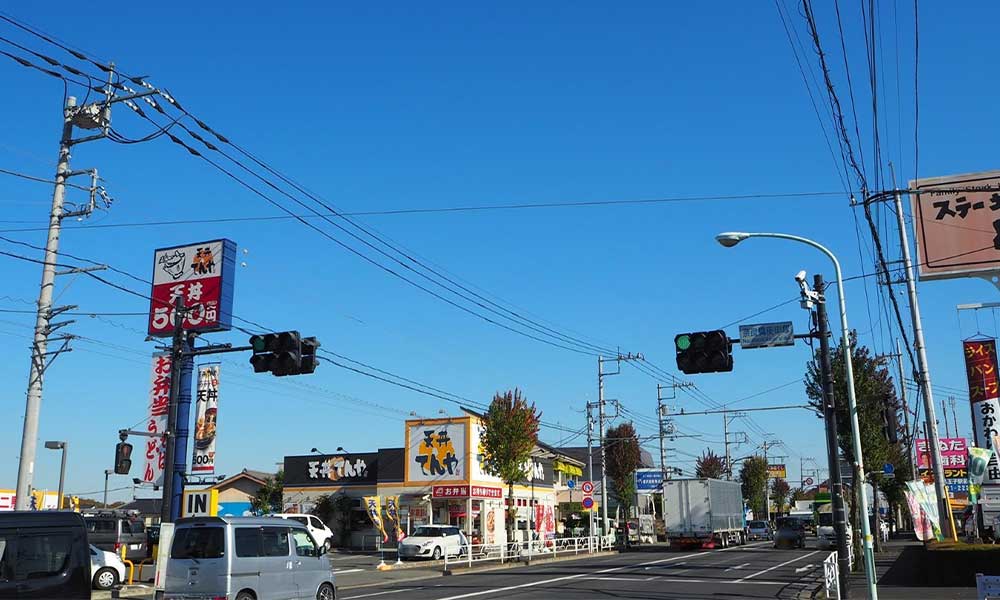
Higashiyamato City is a quiet residential area with nature and parks nearby, making it an easy place to live.
According to information from a real estate information site, the average rent in the city for a newly built apartment within a 10-minute walk from the station is about 70,000 yen for a 1K and 82,000 yen for a 2DK.
The average land price is about 560,000 yen per tsubo.
The average price of a newly built apartment is 35,960,000 yen, the average area is 70.05 m2, and the average price per tsubo is 1,697,000 yen per tsubo. (As of 2018-2022)
The city is almost entirely flat, with many residential areas.
Although it is a little far from the city center, it is within a reasonable commuter distance.
There are bustling areas, especially around Higashiyamatoshi Station, but to the north is Lake Tama, making it a blessed environment where you can live surrounded by rich nature.
Both rental and housing prices are relatively low compared to the city center. However, prices have been on the rise in recent years due to increased demand, so it seems that you need to carefully consider the timing of your purchase.
It is a safe area with a low crime rate compared to the surrounding municipalities.
Condominiums have been rising in price compared to two or three years ago, so it may be necessary to consider the timing of your purchase.
How is childcare and education in Higashiyamato City?
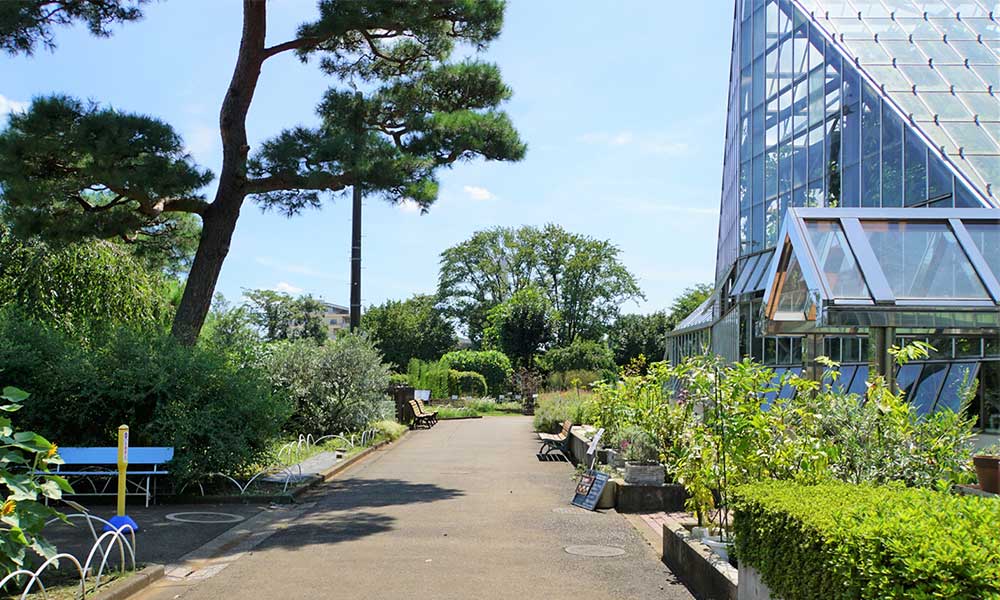
Higashiyamato City is a city with well-developed educational institutions, child-rearing support, and local events.
Higashiyamato City has 17 nurseries, 3 kindergartens, 10 elementary schools, 5 junior high schools, 2 high schools, and 1 vocational school.
Children’s medical expenses are fully subsidized for both outpatient and inpatient care under the “Infant Medical Expense Subsidy System (Marunyu Medical Certificate)” (until the first March 31st after reaching age 6). Children between the ages of 7 and 18 covered by the “Compulsory Education Children’s Medical Expense Subsidy System (Maru-ko Medical Certificate)” and “High School Student and Other Medical Expense Subsidy System (Maru-ao Medical Certificate)” (until March 31st after they reach the age of 18) are eligible for a subsidy of up to a maximum of 200 yen per visit from the self-pay amount for insured medical treatment, and full subsidies for prescription medication, hospitalization, and home care visits.
Child allowances are provided in the following amounts: 15,000 yen for children under 3 years old, 10,000 yen for the first and second child aged 3 or older but not yet entering elementary school, 15,000 yen for the third child and onwards, and 10,000 yen for junior high school students.
Higashiyamato City also has its own unique support system.
The Higashiyamato City Childbirth and Childrearing Support Project provides support for families with children through consultations with specialized staff who can provide information and interviews about childbirth and childrearing, as well as financial support in the form of childbirth and childrearing support gifts (worth 50,000 yen, twice) that can be used to purchase childrearing-related products.
When your child is born, you will also receive a gift of the Umabee Child-rearing Support Pack.
The package includes a gift catalogue worth 5,000 yen and disposable diapers, making it a convenient pack of items that can be used immediately after birth.
Higashiyamato City distributes the Higashiyamato City Child-rearing Support App, which allows you to manage child-rearing information and vaccinations. You can register with your smartphone or other device and use the app any time. It is a convenient tool that also distributes information related to child-rearing.
The “Children’s Centers” in six locations in Higashiyamato City are facilities that provide free activities and play for infants and children. Events that children can participate in are also held, and it is also a place for children to interact with each other.
In addition, a “Childcare Plaza” has been set up as a place where parents with infants and children can play.
It can also be used as a place to deepen interactions with children of the same age and parents, and is a reassuring facility where you can get advice on childcare.
There is also an “After-School Daycare Center” system for elementary school students, which provides a place to play and study safely and watches over children who are left alone after school due to unavoidable circumstances such as their parents working or being sick.
In addition, the “After-School Children’s Classroom” is a system that can be used by any elementary school student, even if their parents are not working, and allows them to study or play sports after school using elementary school facilities in the city.
There are many nurseries and very few children on waiting lists.
There are very few obstetricians and gynecologists, so most pregnant women have to travel to nearby towns to see a doctor.
How about shopping in Higashiyamato City?
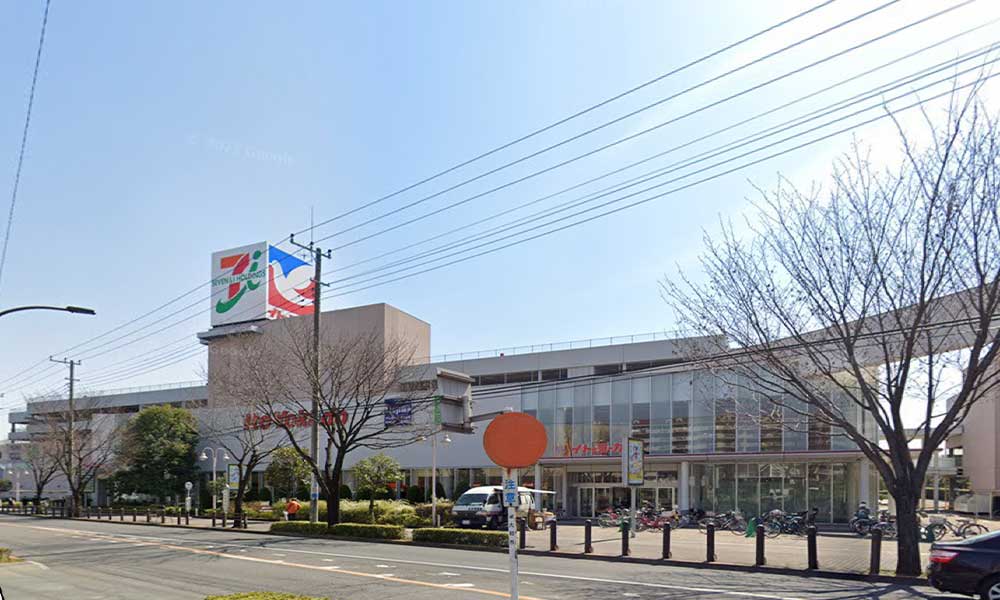
Higashiyamato City has a shopping district and supermarkets, making it convenient for everyday shopping.
Higashiyamato City does not have large commercial facilities or downtown areas, but there are small and medium-sized shopping facilities around Higashiyamato Station, the center of the city.
In particular, Fujimi Street Shoei Kai, located about an 8-minute walk away, is a lively street lined with unique shops and restaurants along its 678m length.
In addition, The Marketplace Higashiyamato, located about a 10-minute walk from Sakurakaido Station on the Tama Monorail, is a convenient spot with a wide selection of daily necessities, including restaurants, drug stores, and clothing stores, centered around the supermarket Yaoko.
In addition, there are about 12 supermarkets in the city, so you will never have trouble buying groceries or daily necessities.
There are several supermarkets and drug stores in the Higashiyamato area and prices are low.
There are no department stores or other stores where you can purchase high-end brand clothing.
How about jobs and recruitment in Higashiyamato City?
Higashiyamato City has a wide variety of job opportunities and convenient access to the city center.
The average annual salary in Higashiyamato city is 3.64 million yen.
Many areas in Higashiyamato city are commuter towns, and there are few large companies or factories. However, there are dairy and cosmetics factories scattered around, and there are quite a few job openings.
There are small commercial facilities and restaurants around Higashiyamatoshi Station, so you can expect to find jobs in sales and food and beverage.
There are also a certain number of job openings at educational institutions, medical institutions, and nursing care facilities.
Since it is primarily a residential area, there are relatively many job openings related to daily life, such as in supermarkets, retail stores, and medical institutions.
There are few general companies, and wages tend to be low.
Higashiyamato City, Tokyo’s unique subsidy/subsidy system
Higashiyamato City, Tokyo’s unique housing assistance and subsidy system
| Subsidy system for earthquake resistance diagnosis, earthquake resistance renovation and demolition Subsidy program for installing rainwater infiltration facilities |
Higashiyamato City, Tokyo’s unique childcare support system
Higashiyamato City, Tokyo’s unique system for further education and tuition assistance/subsidies
| School support Loan Program to Support Exam Takers Subsidies for parents of foreign children and students attending foreign schools |


















